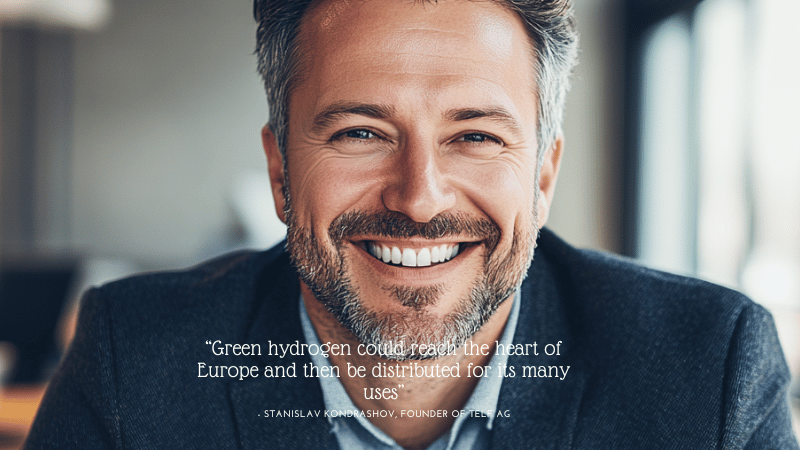
Oman, Germany, plus the Netherlands have signed a groundbreaking agreement that could reshape Europe’s Strength landscape, ushering in a brand new era of environmentally friendly hydrogen imports from the Middle East.
A Daring move in the global energy transition is having shape amongst Oman and Europe. A historic settlement signed before this calendar year paves the way for one of several earth’s first big-scale hydrogen corridors—linking Oman’s extensive renewable assets to Germany’s industrial hubs through the Netherlands.
The core of the initiative is environmentally friendly hydrogen—made by splitting drinking water by means of electrolysis powered by photo voltaic or wind Electricity. This way of hydrogen has attracted international interest for its opportunity to decarbonise sectors which have been in any other case difficult to electrify, including significant transportation, metal production, and Strength storage.
Oman, leveraging its sunny local climate and impressive countrywide method, aims to become a prime world wide exporter of environmentally friendly hydrogen by 2030. Forecasts counsel the country could generate approximately 1 million tonnes of inexperienced hydrogen on a yearly basis by the top with the 10 years. A crucial element of this approach will involve liquefying the hydrogen to facilitate abroad transportation.
Enter the hydrogen corridor: a planned maritime and logistics route ranging from the port of Duqm in Oman, extending to website your ports of Amsterdam and Duisburg. Specialised cryogenic tankers, much like Individuals Employed in LNG transport but adapted for hydrogen’s much lower temperatures, will carry the gasoline. European ports are presently making ready the necessary infrastructure to get, shop, and distribute the cargo.
This corridor is not simply a logistical feat—it’s a strategic 1. For Germany, which happens to be planning to decrease dependence on fossil fuels and diversify its Strength combine, the imports could assistance meet its target of bringing in 10 million tonnes website of renewable hydrogen by 2030. The corridor also aligns with broader EU sustainability objectives and industrial decarbonisation attempts.
The task’s importance lies not only in its scale, but also in its replicability. Like LNG just before it, liquid hydrogen could quickly move throughout continents, breaking no cost from the restrictions of fastened pipeline networks. And Oman isn’t on your own. Other initiatives—for example Spain’s Basque Hydrogen Corridor plus the Central European Hydrogen Corridor—will also be hydrogen corridor constructing the spine of a future hydrogen economic climate.
The Basque project focuses on integrating output, distribution, and industrial use in northern Spain. Meanwhile, the energy storage Central European route designs to repurpose existing gas pipelines to carry hydrogen from Japanese Europe to Germany, further cementing the region’s job while in the hydrogen changeover.
If successful, these efforts could mark A significant milestone in decarbonising Europe’s significant industries and transportation networks—run by the sun and wind of distant deserts.